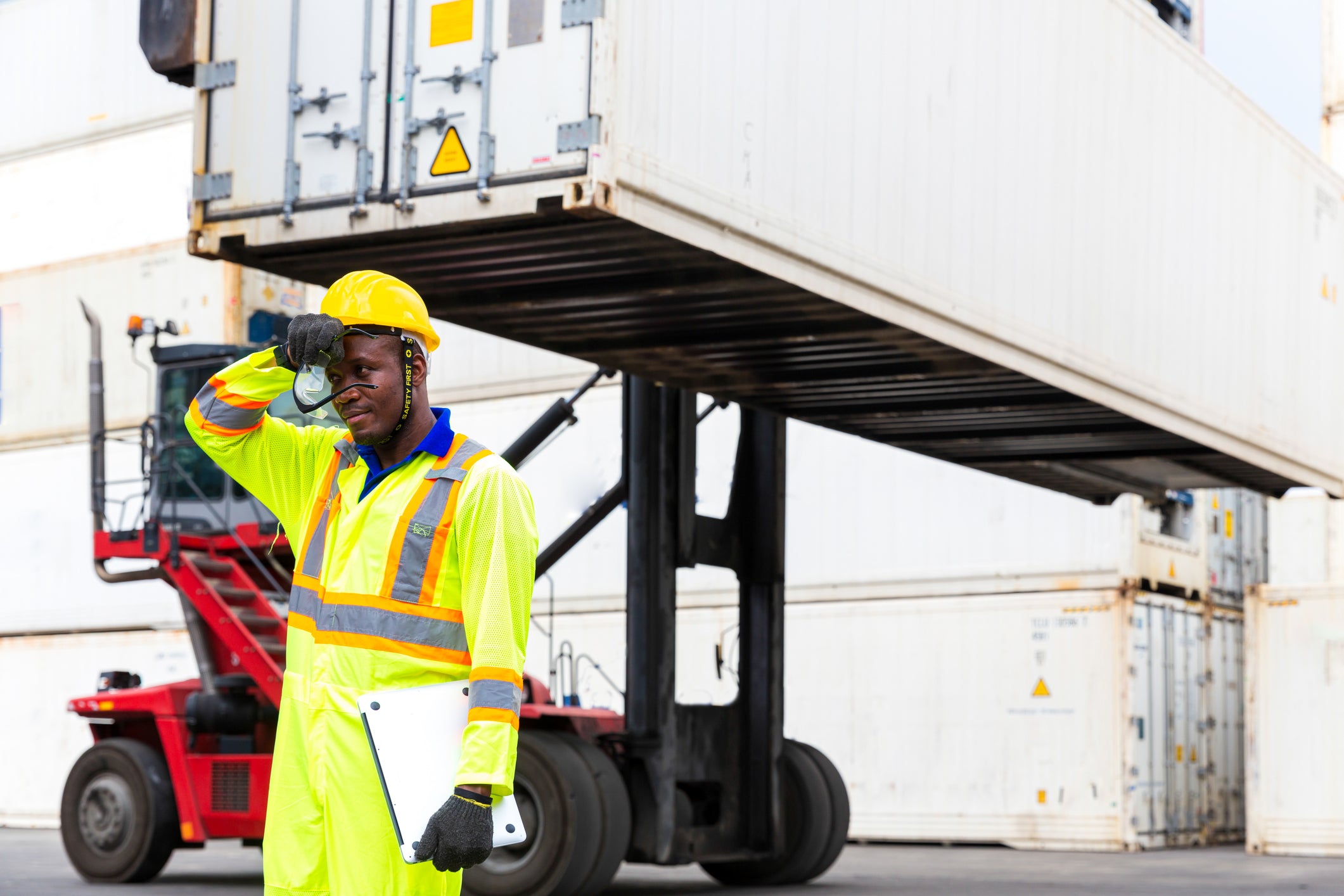Introduction to Outdoor Construction Work in Summer
Working in construction during the hot summer months presents unique challenges that require careful attention to safety. Understanding these challenges and implementing appropriate precautions are essential for protecting the health and well-being of workers.
Understanding Heat-related Risks
High temperatures can pose significant health risks for outdoor workers, including heat exhaustion, heatstroke, and dehydration. It's crucial to recognize the signs of heat-related illnesses, such as excessive sweating, dizziness, nausea, and confusion, and take prompt action to prevent further complications.
Hydration and Nutrition
Staying hydrated is paramount when working in hot conditions. Encourage workers to drink plenty of water throughout the day and provide access to hydration stations on-site. Additionally, eating foods high in water content, electrolytes, and nutrients can help replenish lost fluids and sustain energy levels.
Proper Clothing and Personal Protective Equipment (PPE)
Choose lightweight, breathable clothing made from moisture-wicking fabrics to help keep workers cool and comfortable. Light-colored clothing can also reflect sunlight and reduce heat absorption. Don't forget to apply sunscreen to exposed skin and wear protective headgear, such as wide-brimmed hats, to shield against the sun's rays.
Scheduling and Breaks
Schedule outdoor work during the cooler parts of the day whenever possible, such as early morning or late evening hours. Implement a rotating schedule to ensure workers have frequent breaks in shaded or air-conditioned areas to rest and cool down. Avoid scheduling strenuous tasks during the hottest times of the day.
Shade and Cooling Stations
Provide shaded areas on-site where workers can take refuge from the sun and heat. Erect temporary structures or use portable canopies to create shade over work areas and break areas. Consider installing cooling stations equipped with fans or misting systems to help lower ambient temperatures.
Heat Stress Monitoring
Implement a buddy system to encourage workers to look out for signs of heat stress in their colleagues. Train employees to recognize symptoms such as excessive sweating, cramps, rapid pulse, and faintness, and to take immediate action by seeking shade, hydrating, and resting if necessary.
Training and Education
Ensure all workers receive comprehensive training on heat safety protocols and procedures. Emphasize the importance of staying vigilant and proactive in preventing heat-related illnesses. Provide educational materials and resources to raise awareness and promote a culture of safety on the job site.
First Aid and Emergency Response
Equip the job site with a fully stocked first aid kit containing supplies for treating heat-related injuries and illnesses. Train designated personnel in first aid and CPR techniques and ensure they are prepared to respond quickly and effectively in the event of an emergency.
Equipment Maintenance and Safety Checks
Regularly inspect machinery and equipment for signs of overheating or malfunction. Keep equipment well-maintained and properly lubricated to prevent breakdowns and minimize the risk of accidents. Ensure adequate ventilation in enclosed spaces to reduce heat buildup.
Communication and Supervision
Clearly communicate heat safety protocols and procedures to all workers and supervisors. Encourage open dialogue about safety concerns and empower workers to speak up if they experience any symptoms of heat-related distress. Provide ongoing supervision and oversight to ensure compliance with safety guidelines.
Alternative Work Methods
Consider alternative work methods or job rotations to minimize prolonged exposure to heat and reduce the risk of heat-related illnesses. Delegate tasks strategically to distribute physical exertion evenly among workers and provide opportunities for rest and recovery throughout the day.
Employee Wellness Programs
Implement employee wellness programs that promote physical and mental well-being both on and off the job. Offer resources such as counseling services, stress management workshops, and fitness programs to support workers in maintaining a healthy work-life balance. Encourage employees to prioritize self-care and seek support when needed.
Legal Considerations
Ensure compliance with Occupational Safety and Health Administration (OSHA) regulations and standards for heat exposure in outdoor workplaces. Familiarize yourself with employer responsibilities for providing a safe work environment and take proactive measures to address potential hazards and mitigate risks.
Conclusion
Working outdoors in construction during the hot summer months requires careful planning, preparation, and vigilance to ensure the safety and well-being of workers. By implementing heat safety protocols, providing adequate training and resources, and fostering a culture of awareness and prevention, employers can create a safer work environment and protect their most valuable asset—their employees.
FAQs (Frequently Asked Questions)
-
Can I drink coffee or energy drinks to stay alert during hot outdoor work?
- While caffeine can provide a temporary energy boost, it can also contribute to dehydration. It's best to prioritize water and electrolyte-rich beverages to stay hydrated.
-
What should I do if a coworker shows signs of heat-related illness?
- If a coworker exhibits symptoms of heat-related illness, such as confusion or faintness, move them to a shaded area, offer water, and seek medical assistance immediately.
-
Are there any specific regulations regarding heat safety in outdoor workplaces?
- OSHA provides guidelines for employers to prevent heat-related illnesses in outdoor workers. It's essential to familiarize yourself with these regulations and ensure compliance to protect workers' health and safety.
-
How often should breaks be scheduled during hot outdoor work?
- Breaks should be scheduled frequently, ideally every hour or as needed, to allow workers to rest, hydrate, and cool down in shaded or air-conditioned areas.

